If you encounter any issues with changing your name on your national ID, you’ve come to the right place. This article will guide you through changing your name on the Philippine National ID (PhilSys).
What is National ID Name Change
The Philippine Identification System (PhilSys) is a government initiative aimed at providing a single national identification card for all citizens and resident aliens. Managed by the Philippine Statistics Authority (PSA), PhilSys is designed to streamline government transactions and enhance public service delivery. Having a unified ID system simplifies many bureaucratic processes and ensures more efficient public services.
National ID Name Change Eligibility and Requirements
Before you initiate the name change process on your PhilSys ID, it’s crucial to verify your eligibility. Typically, a name change is permissible under certain legal conditions, such as marriage, annulment, or a court-approved name modification. Here are the steps you should follow:
Confirm Legal Grounds
Ensure you have a legitimate reason for changing your name. Legal grounds may include marriage, divorce, legal separation, annulment, or a court order.
Gather Required Documents
Prepare the necessary documents. Commonly required documents include:
- A PSA-authenticated birth certificate
- Marriage certificate (if applicable)
- Court order approving the name change (if applicable)
- Any other supporting documents relevant to the name change
Locate the Nearest National ID Registration Center
Once you have confirmed your eligibility and gathered the necessary documents, you need to locate the nearest PhilSys Registration Center. Here’s how you can do this:
- Visit the Official PhilSys Website: The official PhilSys website provides detailed information on registration centers.
- Contact the PSA: You can also contact the PSA for information on the nearest registration centers, their operating hours, and any appointment requirements.
Schedule an Appointment (If Required)
Some PhilSys Registration Centers may require you to schedule an appointment to manage the number of applicants efficiently. To do this:
- Check Appointment Requirements: Determine if the registration center near you requires an appointment.
- Follow Appointment Procedures: If an appointment is necessary, follow the specific procedure outlined by the registration center to secure a time slot for your visit.
Visit the Registration Center and Submit Documents
On the day of your appointment, or if no appointment is needed, visit the PhilSys Registration Center with all your documents. Here’s what to expect:
- Present Your ID and Documents: Submit your current national ID along with all the documents supporting your name change.
- Complete Necessary Forms: Fill out any forms required for the name change process.
- Biometric Data Capture: Participate in the biometric data capture process, which includes providing fingerprints, an iris scan, and a photograph.
Payment and Receipt
There may be fees associated with the name change process. Here’s how to handle this:
- Check for Applicable Fees: Verify if there are any fees for processing the name change.
- Make the Payment: Pay the required fees using the specified payment methods at the registration center.
- Obtain a Receipt: Ensure you receive a receipt for your payment. This receipt serves as proof of the transaction and is important for future reference.
National ID Name Change Fees
For the change of first name, the C/MCR and D/CR are authorized to collect three thousand pesos (P3,000.00) from the petitioner.
FAQs About National ID Name Change
Q1) How to change name in national ID card Philippines?
Ans:- If you wish to change or correct an entry regarding your name, sex, date of birth, place of birth, or marital status, you must file a PhilSys Registration or Correction Form and attach an annotated birth certificate or marriage certificate issued by the PSA.
Q2) How much does it cost to change name in the Philippines?
Ans:- For the change of first name, the C/MCR and D/CR are authorized to collect three thousand pesos (P3,000.00) from the petitioner.
Conclusion
The Philippine National ID name change process under PhilSys involves understanding the system, checking eligibility, locating a registration center, and scheduling an appointment if necessary. Any change, update, and correction in name entry shall be effected by PSA submitting required documents, and completing all procedures PhilSys name can be changed easily.
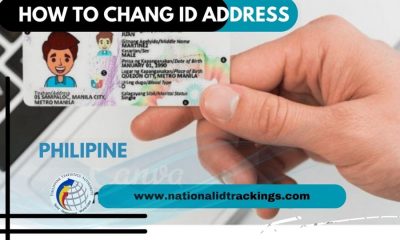
 Uncategorized12 months ago
Uncategorized12 months ago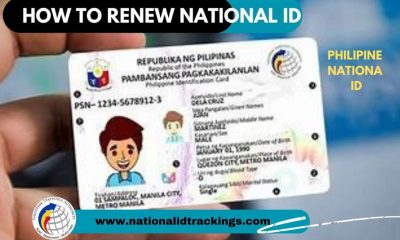
 Uncategorized11 months ago
Uncategorized11 months ago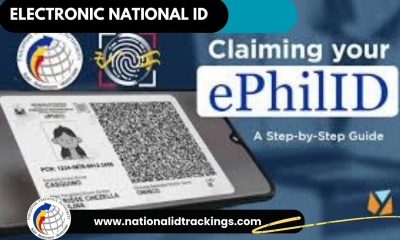
 Uncategorized12 months ago
Uncategorized12 months ago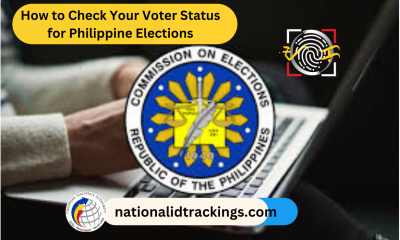
 Uncategorized11 months ago
Uncategorized11 months ago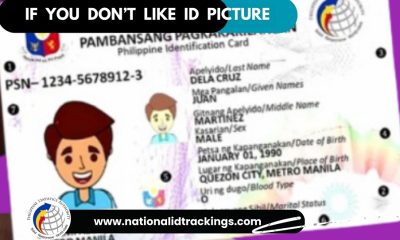
 Uncategorized12 months ago
Uncategorized12 months ago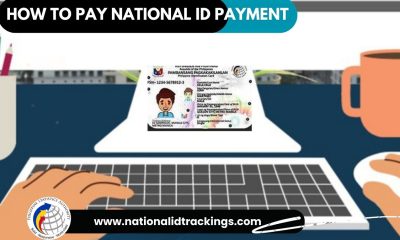
 Uncategorized11 months ago
Uncategorized11 months ago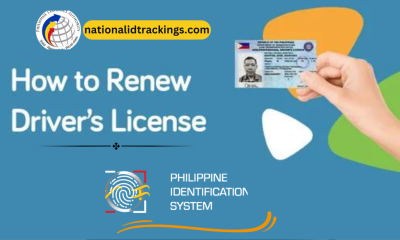
 Uncategorized11 months ago
Uncategorized11 months ago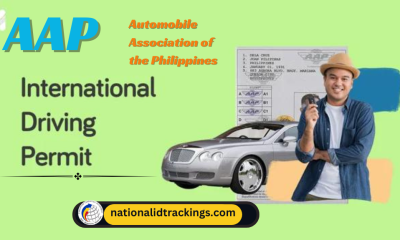
 Uncategorized11 months ago
Uncategorized11 months ago
 Uncategorized9 months ago
Uncategorized9 months ago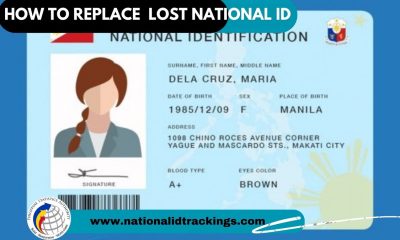
 Uncategorized11 months ago
Uncategorized11 months ago
 Uncategorized9 months ago
Uncategorized9 months ago
 Uncategorized12 months ago
Uncategorized12 months ago
-Feb-07-2024-03-07-18-5160-AM.png?width=600&height=400&name=Pics%20for%20blog%20-%20600x400%20(1)-Feb-07-2024-03-07-18-5160-AM.png)